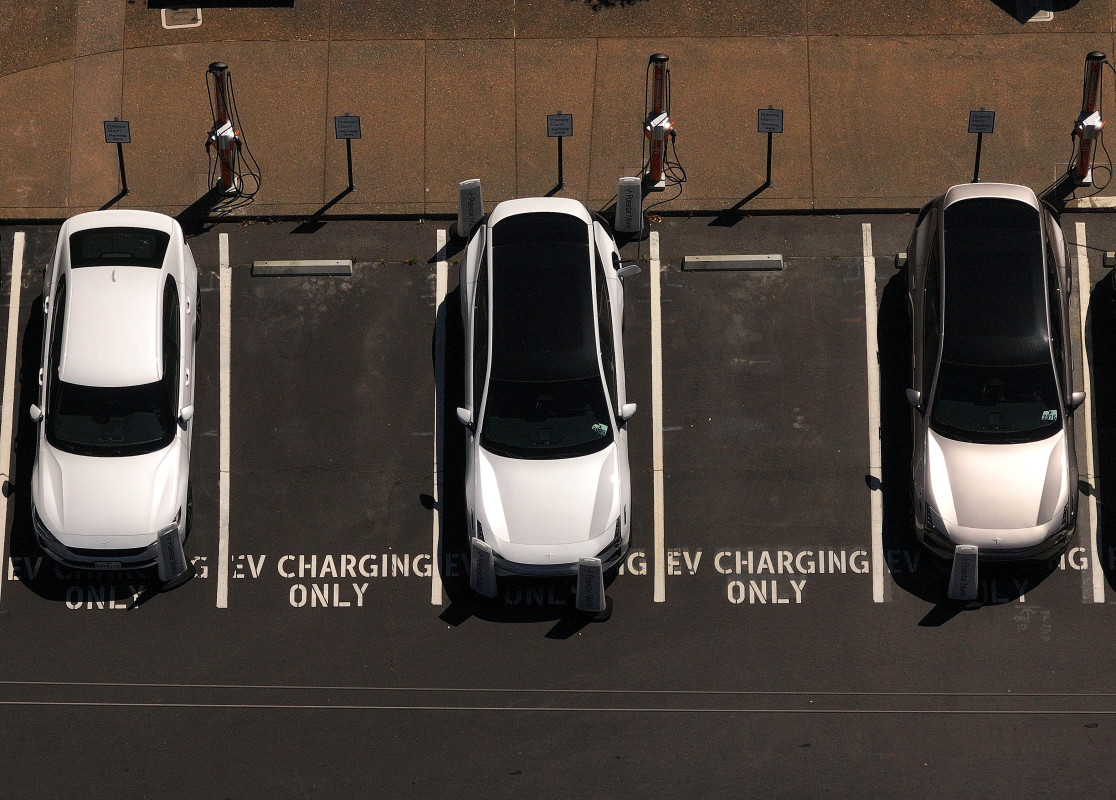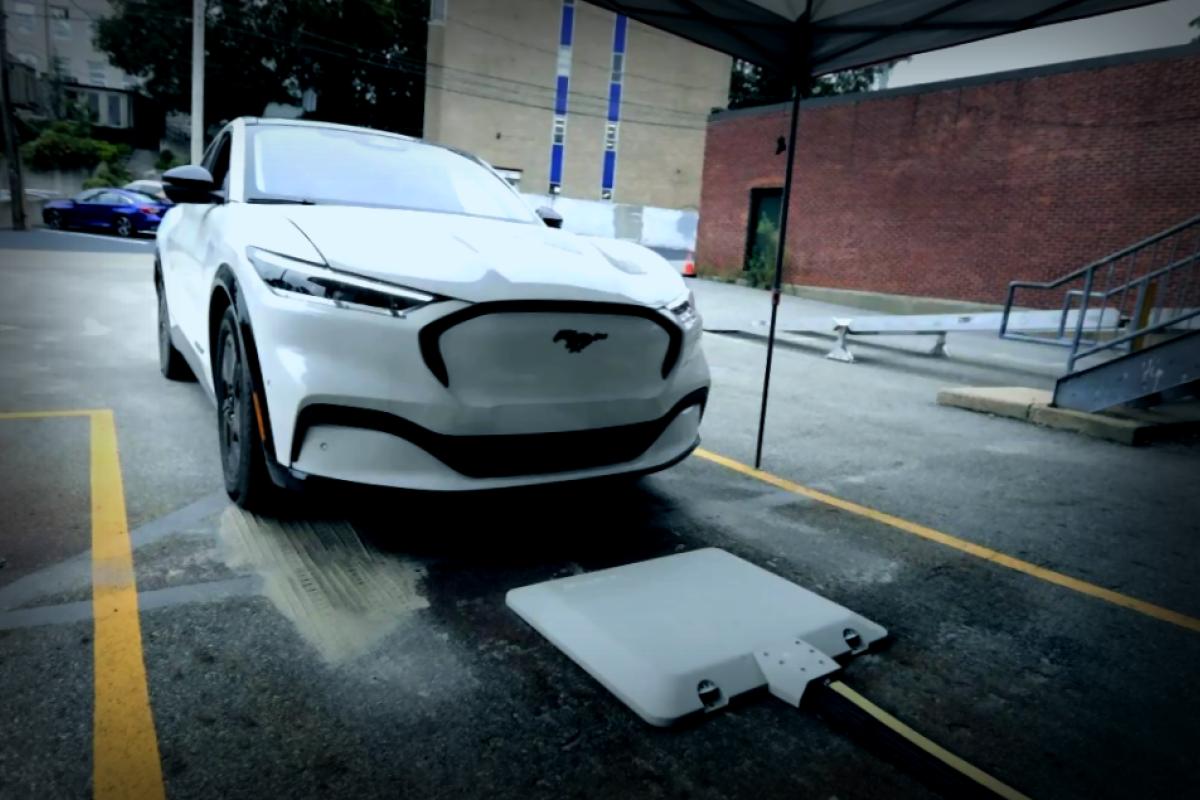Charging Up Electric Cars Without Power Cords
More and more companies are diving into what’s likely the future of charging electric vehicles (EVs). Analysts and experts are paying close attention to some amazing developments being made in this field. One prime example comes from Oak Ridge National Laboratory, where researchers successfully wirelessly charged a Hyundai Kona Electric at a whopping 100 kW and with a 96% efficiency rate. In just 20 minutes, they managed to add 50% more charge—all with only a 5-inch gap between the charging pad and the vehicle.

But wait, there’s more! In a previous experiment, the team actually outdid themselves, achieving an astonishing 97% efficiency while pushing 120 kW. Other companies like WAVE and Momentum Dynamics are busy working on systems that can handle up to 500 kW, specifically targeted for electric trucks and buses. Exciting stuff, right?
Even heavyweights in the automotive industry like Porsche, Toyota, BYD, and Mercedes-Benz are joining the party. For instance, the 2026 Porsche Cayenne EV will debut the brand’s first wireless charging capability with an 11 kW system. Mercedes-Benz isn’t sitting on the sidelines either; they’re reportedly running tests on wireless charging features for their experimental ELF vehicle. Plus, they’re gearing up to roll out a bi-directional V2G (vehicle-to-grid) charging service in several markets across Europe by 2026.
Wireless Charging: Promises and Stickiness Faced Ahead
However, it’s not all smooth going. While it’s one thing to achieve these efficiency numbers in lab tests, it’s another challenge altogether to make it work in real-world settings. Nevertheless, the people working on it seem well-equipped to tackle these hurdles.
A sense of standardization is also crucial for better and quicker adoption of this technology. Organizations like SAE International have stepped up with a standard known as J2954, designed to ensure hassle-free power transfer across various vehicles and charger types. The standard even specifies that a tool called DIPS (Differential Inductive Positioning System) will help line vehicles up perfectly over charging pads.

Government incentives, grants, and tax credits can help mitigate some of the entry-barrier issues. But the installation cost may still be a significant concern. For example, installing a residential Level 2 wireless charger could ring up to $2,500, with hardware priced between $300 and $1,200.
So far, we’ve mainly covered static wireless charging. But there’s also the exciting concept of dynamic charging, allowing EV owners to recharge while driving. Imagine roadways embedded with inductive charging capabilities that eliminate range anxiety once and for all. This isn’t just a fantasy; it’s actually happening! By late 2023, Electreon enabled a section of Detroit roads to wirelessly charge a Ford E-Transit as it cruised at 9 mph. We truly are living in a time of breakthroughs in technology.





















